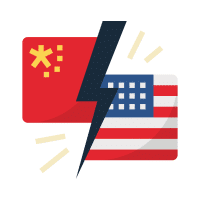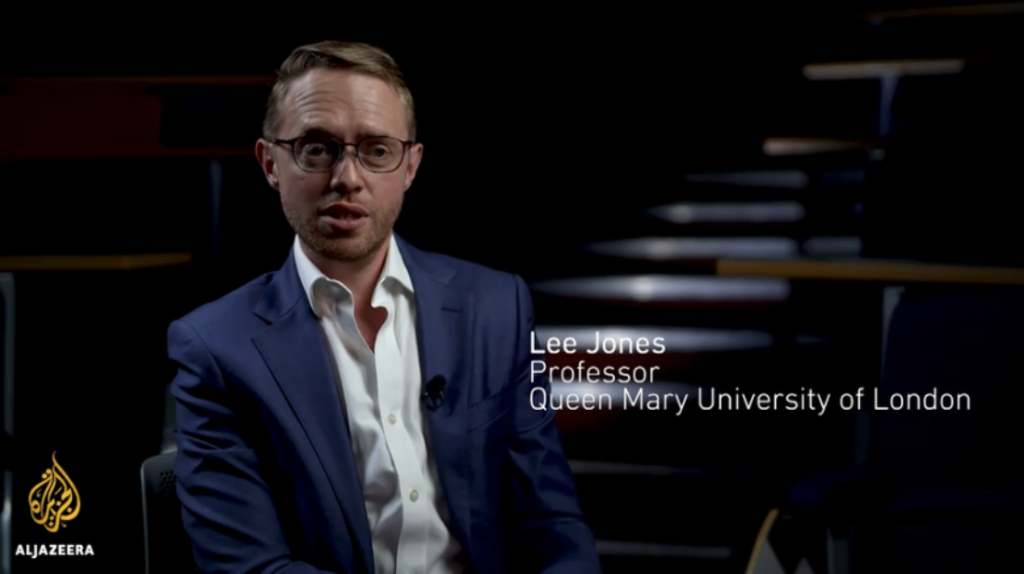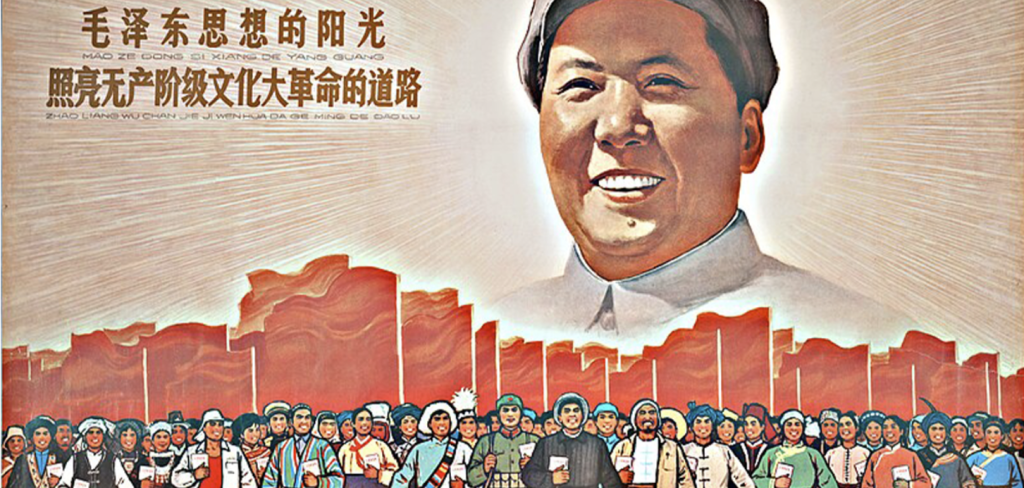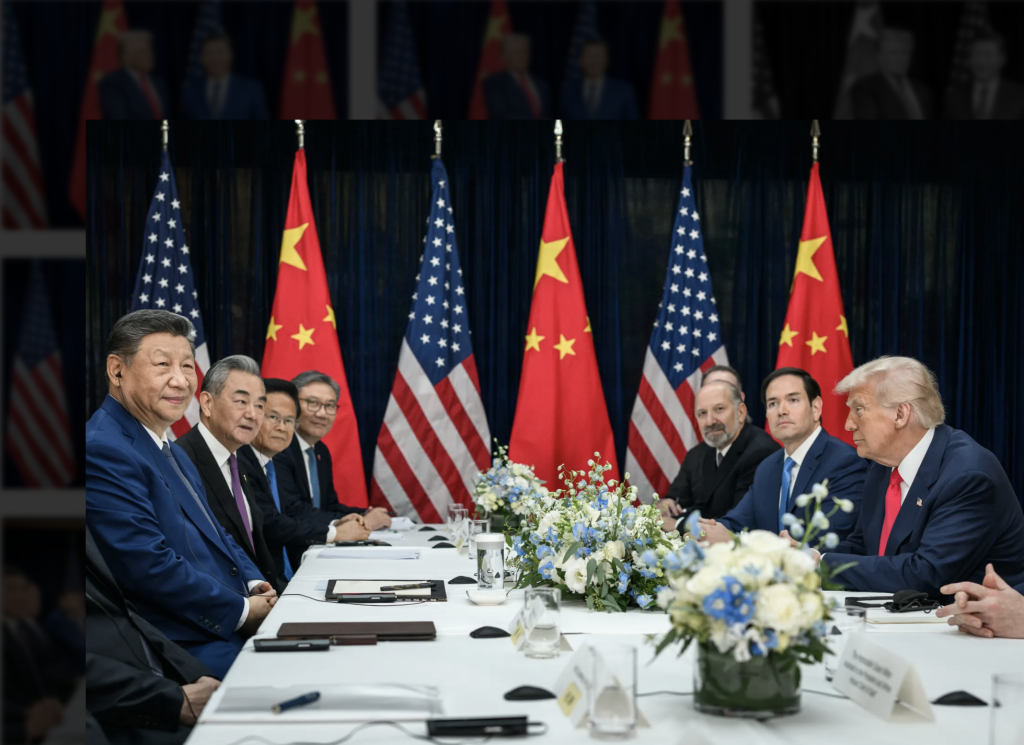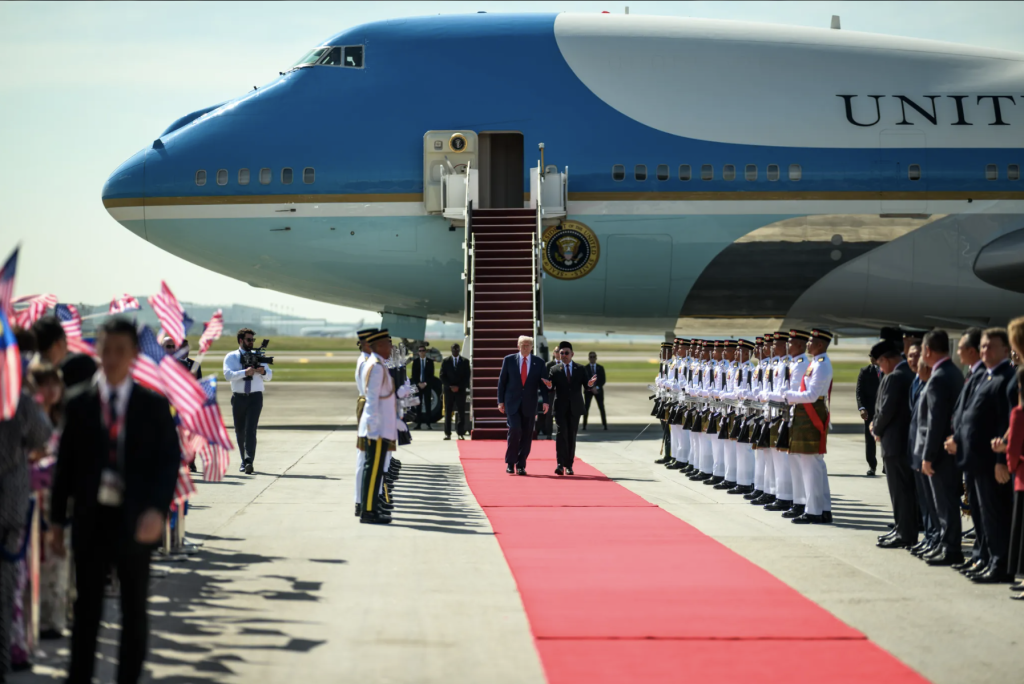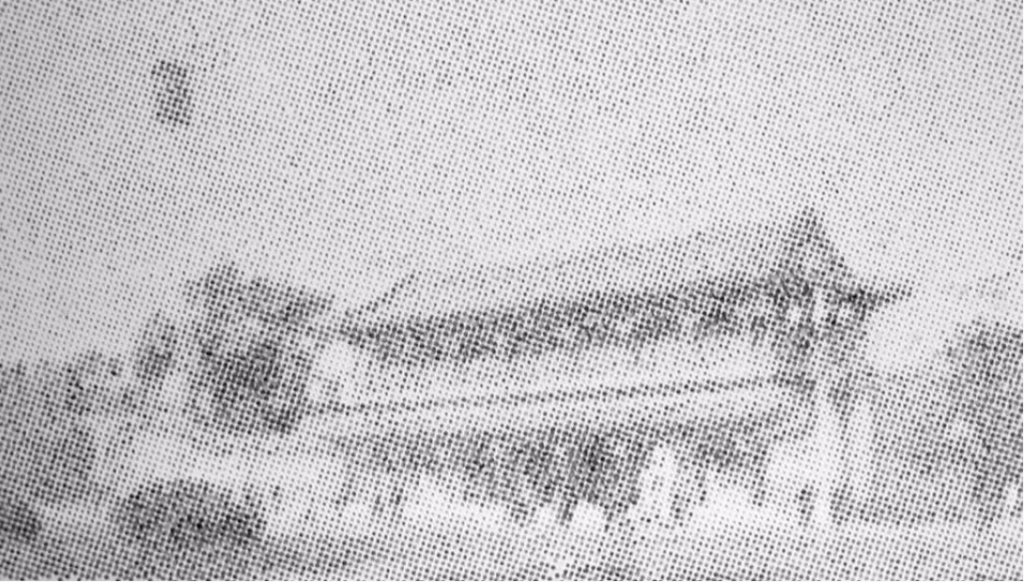SOE Reform, A Tough Nut To Crack For China
Profits jumped dramatically last year for Jintong Rubber Company, a subsidiary ofYankuang Group in East China’s Shandong province, only after a change in ownership.
The hydraulic hose manufacturer’s 19 management, technical and sales personnel purchased45.5 percent of its capital stock in January 2015, one of the first steps in an overhaul of thestructure of Yankuang, a state-owned enterprise (SOE) specialized in coal mining andmachinery manufacture. After the buy-out, Jintong’s profits in the first three quarters wasthree times the total of 2014.
“Mixed ownership binds the company with its shareholders, who, acting in their own bestinterests, will be more concerned about the firm’s growth,” said Liu Guangping, generalmanager of Jintong.
Mixed ownership and employee equity stakes, together with recruitment of professionalexecutives and managers, will be coming to many SOEs this year. China is determined todeal with SOEs this year, seen as an important part of supply-side structural reform, but thesuccess of Jintong does not mean it an easy task.
China has about 150,000 SOEs, many of which are uncompetitive with declining profits. Thisyear, changes are planned in the powers of directors and managers; in investment, mergersand acquisitions; and in information disclosure and transparency, among others. For example,by the end of 2017, more than 80 percent of key SOEs in Tianjin should have mixedownership and some 600 of poorest performers will exit the market.
Hebei province aims to cut the number of SOEs supervised by the province from 29 to 19 thisyear. Chongqing will deal with 200 zombie or shell SOEs.
Despite the wide consensus, reform remains a tough nut to crack for China’s SOEs andprogress is not as rapid as expected.
The desire of SOEs to carry out reform on their own is not strong compared with the zeal ofthe 1990s, according to Zhang Bingjun, board chairman of TEDA Investment Holding Co. Ltdin Tianjin.
The government plans to significantly relax restrictions on entry into markets such aselectricity, telecommunications, petroleum and natural gas, to encourage private companiesto increase investment in these areas and take ownership of some SOEs.
SOE reform is an urgent task for supply-side structural reform. It will be difficult to achieveresults without transforming SOEs into real market entities in terms of technology andefficiency, said Li Yining, a Peking University economist.
Mixed ownership reform is happening in third and fourth-tier subsidiaries of SOEs, accordingto Li Jin, vice president of China Enterprise Reform and Development Society. Due to theirhuge size and heavy burdens, most SOEs at the central and provincial levels are not suitablefor substantial mixed ownership for now, he said.
Private enterprises want to have a say in the running of mixed ownership firms, otherwise,they will have little interest, said the researcher. Transparency must be guaranteed, he added.
Mar. 29, 2016 on China Daily
Read more here

